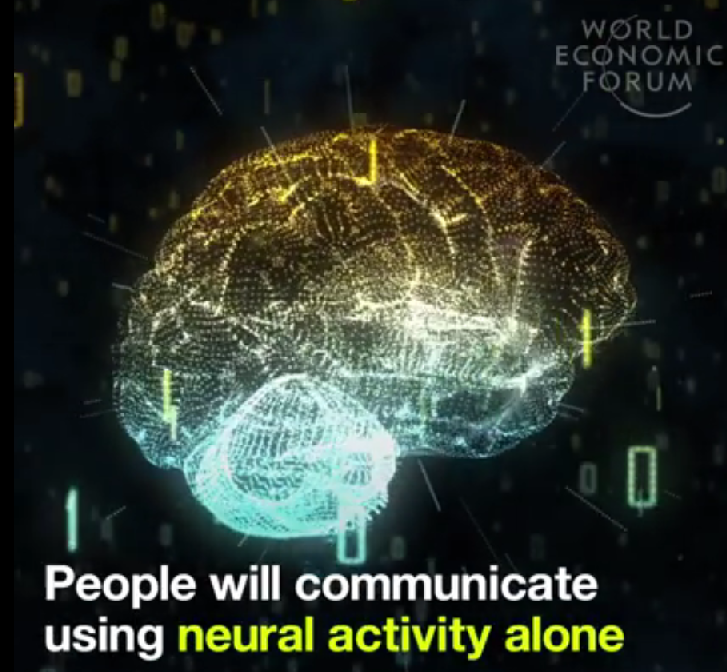The world in 2045, according to Pentagon researchers
El mundo 2045 de acuerdo al Pentágono (VER VIDEO)
The world will be a very different place in 2045.
Predicting the future is fraught with challenges, but when it comes to technological advances and forward thinking, experts working at the Pentagon’s research agency may be the best people to ask.
Launched in 1958, the Defense Advanced Research Projects Agency is behind some of the biggest innovations in the military — many of which have crossed over to the civilian technology market. These include things like advanced robotics, global-positioning systems, and the internet.
So what’s going to happen in 2045?
It’s pretty likely that robots and artificial technology will transform a bunch of industries, drone aircraft will continue their leap from the military to the civilian market, and self-driving cars will make your commute a lot more bearable.
But Darpa scientists have even bigger ideas. In a video series shot last yearcalled «Forward to the Future,» three researchers predicted what they imagined would be a reality in 30 years.
Dr. Justin Sanchez, a neuroscientist and director of Darpa’s Biological Technologies Office, believes we’ll be at a point where we can control things simply by using our mind.
«Imagine a world where you could just use your thoughts to control your environment,» Sanchez said. «Think about controlling different aspects of your home just using your brain signals, or maybe communicating with your friends and your family just using neural activity from your brain.»
According to Sanchez, Darpa is working on neurotechnologies that can enable this to happen. There are already some examples of these kinds of futuristic breakthroughs in action, like brain implants controlling prosthetic arms.
Just last week Darpa demonstrated this amazing tech for the first time and gave a paralyzed man back the sense of touch — with brain implants that provided the feeling «as if his own hand were being touched,» he reported.
The future has more than just brain implants. Many other exciting things could change the buildings and other objects around us, says Stefanie Tompkins, a geologist and director of Darpa’s Defense Sciences Office.
She thinks we’ll be able to build things that are incredibly strong but also very lightweight. Think of a skyscraper using materials that are strong as steel but light as carbon fiber. That’s a simple explanation for what Tompkins envisions, which gets a little bit more complicated down at the molecular level.
Here’s how she explains it: «In 30 years, I imagine a world where we don’t even recognize the materials that surround us.» (See her full explanation in the video below.)
She continued: «For example, right now to prepare for landing in an aircraft there’s multiple steps that have to be taken to prepare yourself, from navigation, get out of the cruise mode, begin to set up the throttles … put the gear down. All of these steps have to happen in the right sequence.»
Instead, Melroy envisions an aircraft landing in the future being as simple as what an airline pilot tells the flight attendants: «Prepare for landing.» In 2045, a pilot may just say those three words and the computer knows the series of complex steps it needs to do to make that happen.
Or perhaps, with artificial intelligence, a pilot won’t even be necessary.
«Our world will be full of those kinds of examples where we can communicate directly our intent and have very complex outcomes by working together,» she said.
